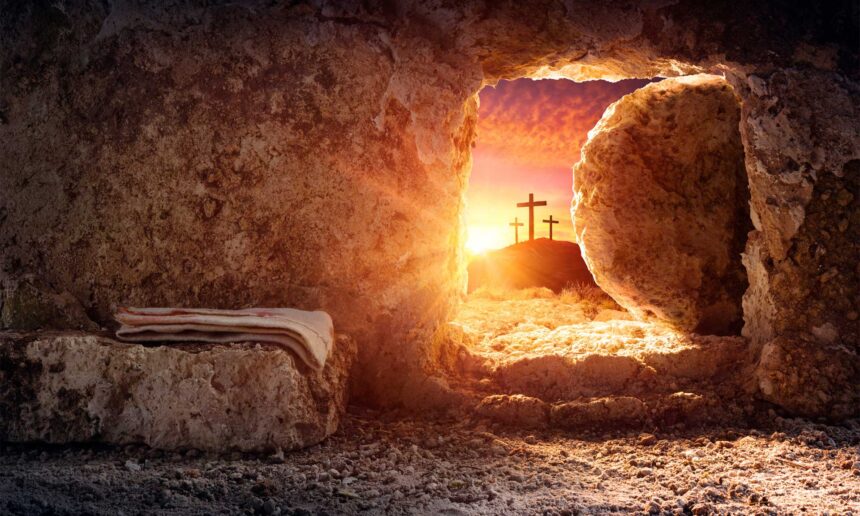First light, the moment of Jesus Christ’s resurrection, is a pivotal point in history, profoundly impacting the course of mankind. The Bible, writings of historians, scholarly texts, and even archaeological findings converge to validate this event and its enduring significance.
The Biblical Account and Its Significance
The Gospels recount the story of Jesus’ crucifixion, burial, and subsequent resurrection. In the early hours of that miraculous morning, His followers discovered the empty tomb. As stated in Matthew 28:5-6, “And the angel answered and said unto the women, Fear not ye: for I know that ye seek Jesus, which was crucified. He is not here: for he is risen, as he said. Come, see the place where the Lord lay.” This moment marks the triumph over death and the foundation of Christian hope.
The Apostle Paul, in 1 Corinthians 15:3-8, emphasizes the importance of the resurrection, stating that Christ died for our sins, was buried, and rose again on the third day, appearing to many witnesses. This passage, considered an early Christian creed, highlights the resurrection as central to the Gospel message.
Historical and Scholarly Validation
Beyond biblical accounts, historical and scholarly sources lend credence to the resurrection. The tomb of Jesus is a venerated site for Christians throughout history. The Roman Emperor Hadrian’s attempt to suppress Christian worship by building a temple over the tomb in AD 130 inadvertently preserved its location. The rediscovery of the tomb around AD 326, when Emperor Constantine ordered its excavation, further solidified its significance.
Scholarly texts affirm the historical claims surrounding the resurrection. Many scholars acknowledge the empty tomb and the appearances of Jesus to his disciples as historical events. The writings of early church leaders like Clement of Rome, Polycarp, and Ignatius, who lived close to the time of Jesus, mention the resurrection.
Archaeological Evidence and the Tomb of Jesus
Archaeological findings offer tangible connections to the events surrounding Jesus’ death and resurrection. The Church of the Holy Sepulcher in Jerusalem marks the traditional site of Jesus’ crucifixion and burial. While pinpointing the exact location of Jesus’ tomb is challenging, archaeological excavations at the Church of the Holy Sepulcher have uncovered ancient Jewish tombs, suggesting that the area was a burial place in the 1st century.
The discovery of a 1st-century tomb provides further context for burial practices during that period. Watch the video below that highlights the archaeological excavations that have uncovered evidence related to the tomb.
The Profound Impact on Mankind
The resurrection of Jesus Christ is more than just a historical event; it is a transformative event that offers hope, redemption, and eternal life to all who believe. This first light of the resurrection morning shattered the power of death and sin, offering mankind a path to reconciliation with God.
The resurrection provides:
- Hope: The promise of eternal life transforms our understanding of death, offering comfort and peace in the face of loss.
- Redemption: Through Christ’s sacrifice and resurrection, we are offered forgiveness and freedom from sin.
- New Life: The resurrection empowers us to live a life transformed by the Holy Spirit, filled with purpose and love.
The first light of the resurrection of Jesus Christ continues to shine as a beacon of hope for mankind. It is a testament to God’s love and power, offering a path to eternal life and a profound impact on how we live our lives today.
A Hymn Sharing the First Light Theme
The beloved hymn “In Christ Alone,” crafted by Keith Getty and Stuart Townend, beautifully expresses the life, death, and resurrection of Jesus Christ, affirming his divine power over death. Enjoy this rendition that is offered as a joyful celebration of the dawn that forever changed mankind’s destiny:
For more related reading, view “The Most Singular Event of All Time“.


